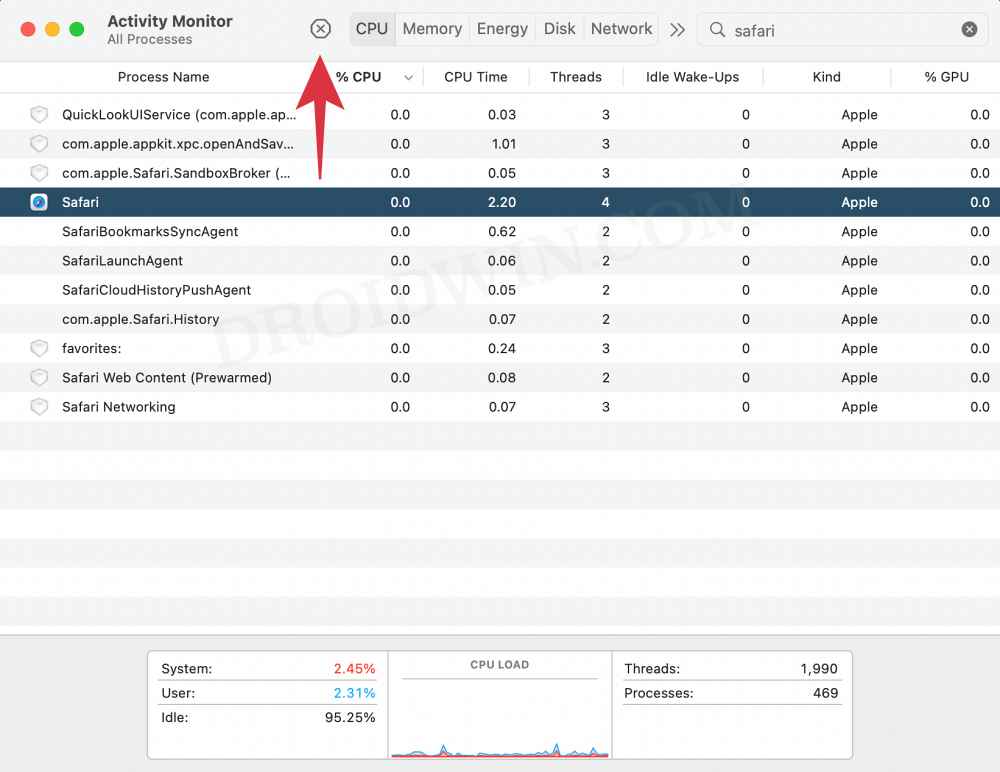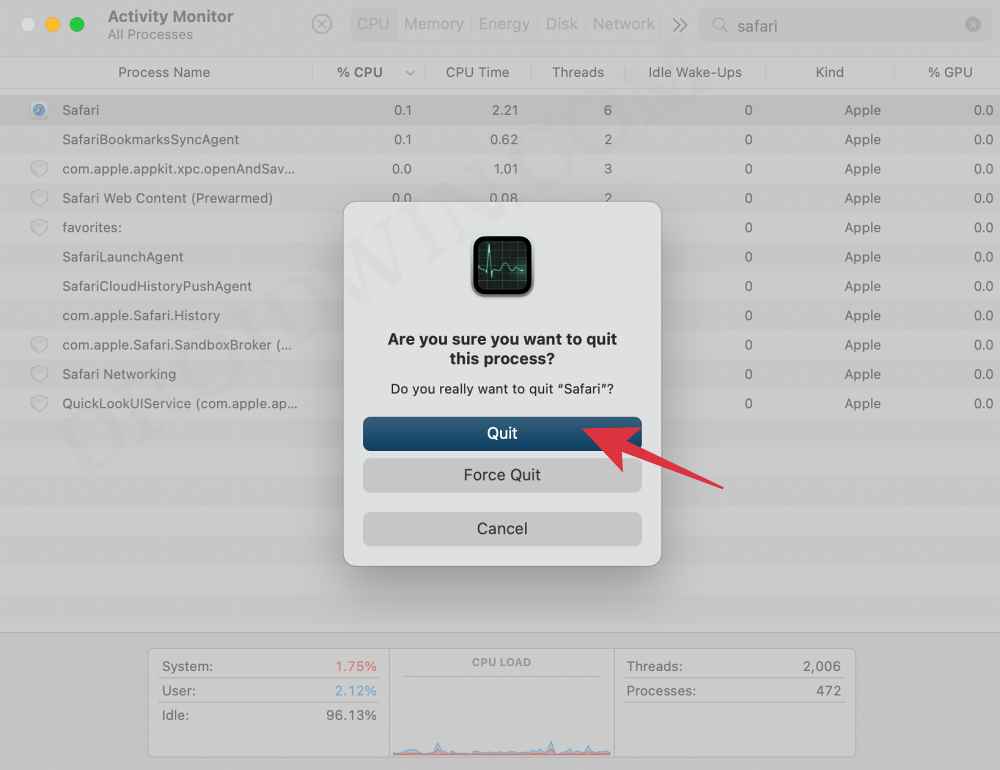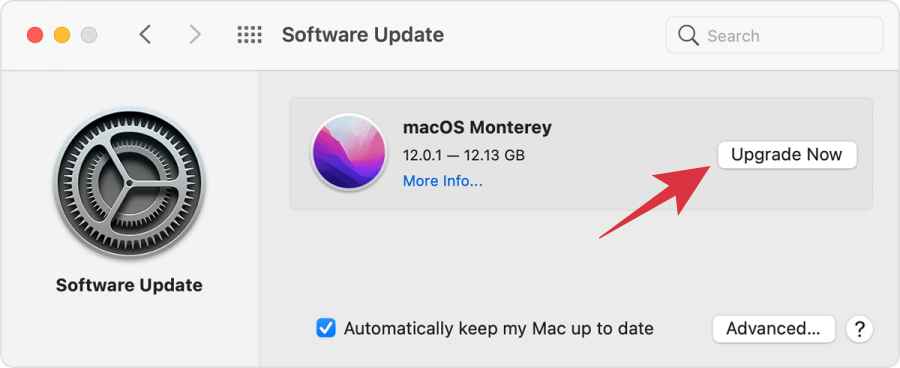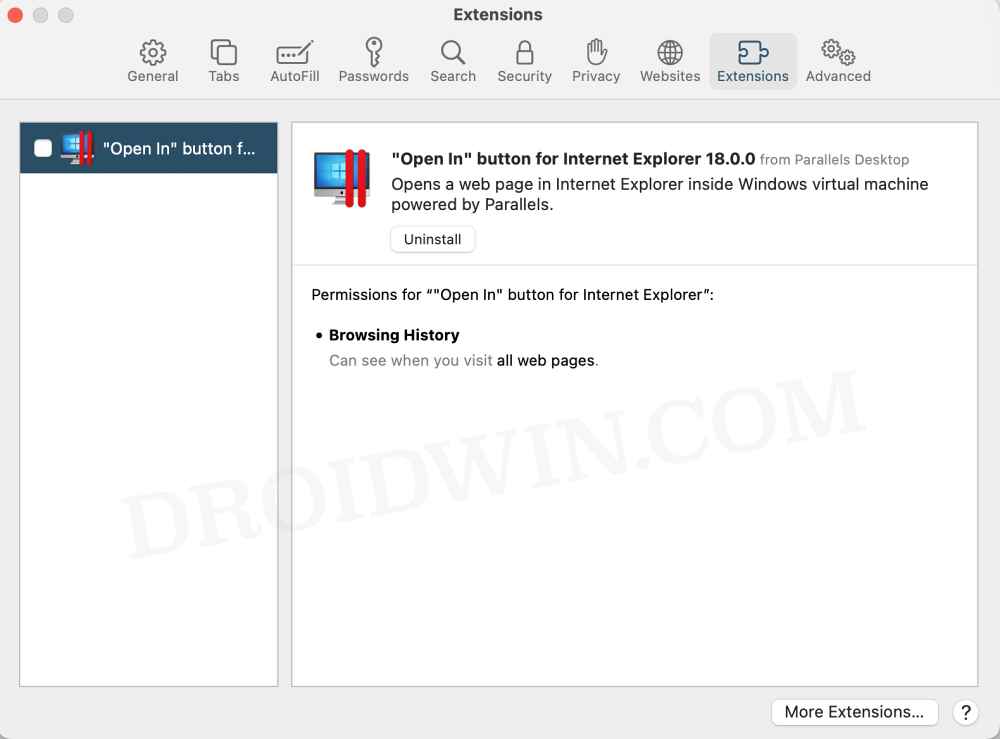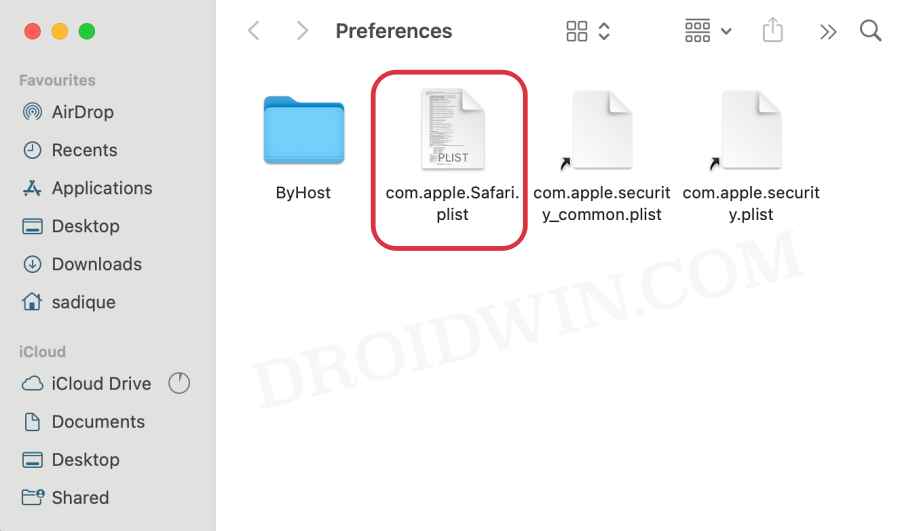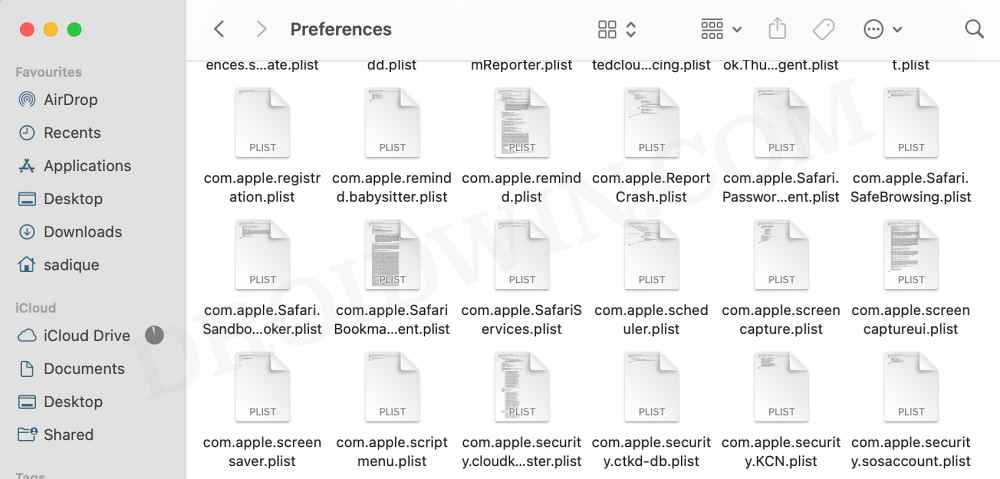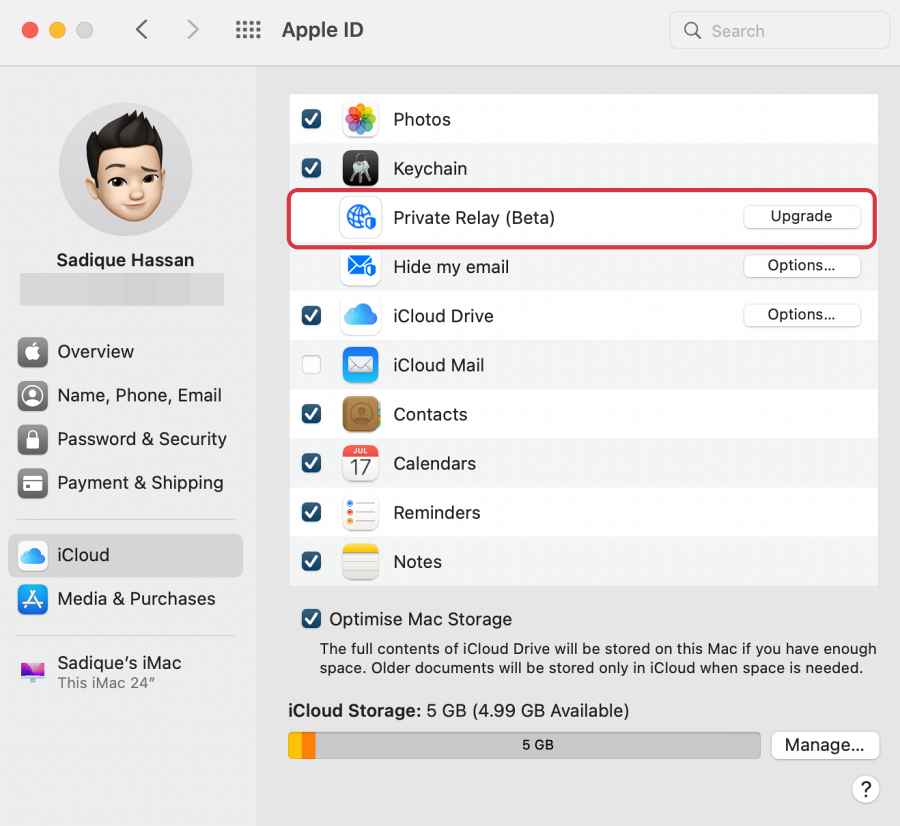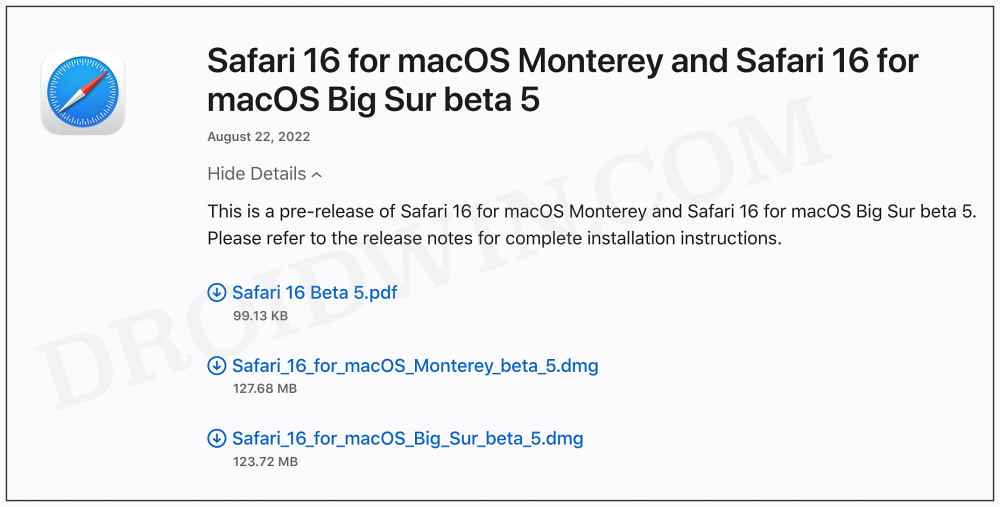In this guide, we will show you various methods to fix the issue of Safari not working on your Mac. When it comes to the browser domain, then there exists a plethora of offerings from numerous developers. These include the likes of ever-so-popular Chrome, the privacy-centric Firefox, the unique crypto-based Brave, revamped Edge, and tons of other Chromium-based browsers.
However, inspite of this saturation, Safari has still managed to carve out a rich name for itself. Beholding all the required feature sets plus its deep integration into the Apple ecosystem are just some of the reasons why it has become the de-facto choice for Mac users. However, in spite of all the goodies attached, it isn’t free from its fair share of issues either.
The complaints regarding its slow performance, frequent crashes and lag, and web pages not loading are just some of the issues that it gets bugged with at regular intervals. If you are also facing any of these issues, then this guide shall help you out. So without further ado, let’s check out the various methods to fix the Safari not working issue on your Mac.
Table of Contents
How to Fix Safari not working on Mac
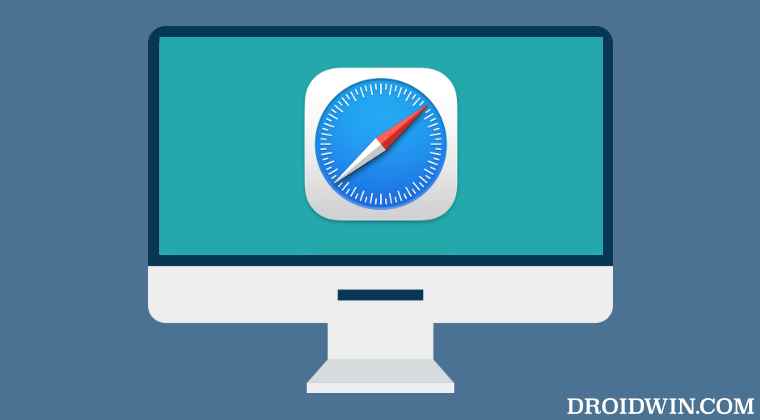
It is recommended that you try out each of the below-mentioned workarounds and then see which one spells out success for you. So with that in mind, let’s get started.
FIX 1: Restart Mac
While it may sound like an obvious fix, but trust us, in most instances, a reboot is all that is needed to resolve the underlying issue. So click on the Apple logo situated at the top left and select Restart. Then check if Safari is working on your Mac or not.
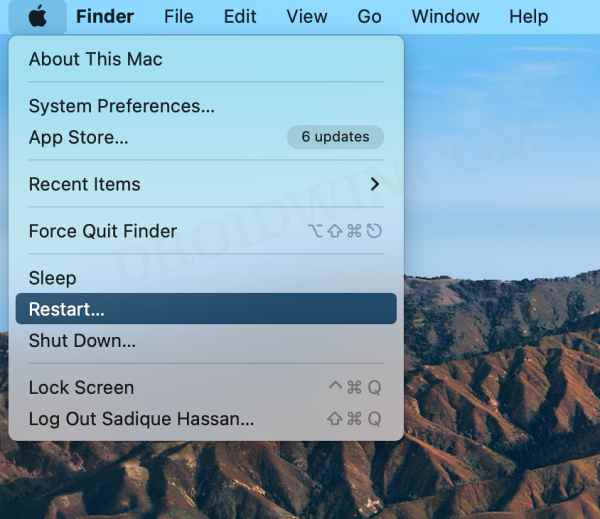
FIX 2: Restart Safari Processes
If any one of the browser’s backend services isn’t functioning along the expected lines, then it might have an adverse impact on the overall functioning of the browser. Therefore, you should either consider restarting all its background services or directly restarting the Safari process itself. Here’s how it could be done:
- Open Launchpad, search Activity Monitor, and open it.
- Then select Safari from the list and click on the cross icon situated at the top.

- After that, click on Force Quit in the confirmation dialog box.

- Check if it fixes the Safari not working issue on your Mac.
FIX 3: Update Safari
In some states, the issue might also arise due to a buggy update rolled out the by the developers. To rectify it, the developers swiftly roll out a patch as well that you need to grab hold of right away. However, when it comes to Safari, then it doesn’t get individual updates, rather its newer build is packed alongside the OS upgrade. So if you have a pending macOS update, then it is recommended to download and install it right away.
- Click on the Apple logo situated at the top left and select About this Mac.
- Then click on Software Update. Mac will now search for available updates.

- If there is a pending available, then download and install it right away.
- Once done, restart your Mac and then check if it fixes the Safari not working issue.
FIX 4: Delete Safari Cache
If a lot of temporary data gets accrued over the due course of time, then it could spell trouble for the browser. Therefore, you should consider deleting these cached data at regular intervals, and now might be just the right time to do it. So refer to the below instructions to carry out this process:
- To begin with, open the Safari browser on your Mac.
- Then click on Safari in the top menu bar and select Preferences.
- Now go to the Advanced tab and check “Show Develop menu in the menu bar”.

- After that, click on Develop in the top menu bar and select Empty Cache.

- It will delete the browser’s cache data. Once done, check if Safari is working on your Mac or not.
FIX 5: Disable Safari Extensions
Third-party add-ons are notoriously infamous for causing performance-related issues to the browser. To verify whether that is the case this around as well, it is recommended you disable all the extensions and check out the results. Here’s how it could be done:
- To begin with, open the Safari browser on your Mac.
- Then click on Safari in the top menu bar and select Preferences.
- Now go to the Extension tab and uncheck all the extensions from the left-hand side.

- If the issue is resolved, then re-enable one extension at a time until you are able to re-create the issue.
- Once the issue comes back, then the last enabled extension is the culprit.
- Therefore, it is recommended to remove it from the browser altogether.
FIX 6: Delete Safari Preferences
If the browser’s preferences gets corrupted, then its adverse impact will be felt across the browser as a whole. Therefore, you should delete its preferences plist file and let the browser re-create a fresh one from scratch. Here’s how it could be done:
- Launch Finder, click on Go, and select Go to Folder.
- Then type in the below location and hit Enter
~/Library/Containers/com.apple.Safari/Data/Library/Preferences/

- Now delete the com.apple.Safari.plist file from that location.
- After that, go to the following location via the Finder’s Go to Folder
~/Library/Preferences/com.apple.Safari.plist

- As before, delete the com.apple.Safari.plist file from that directory.
- Now force quit Safari [see Fix 2] and then restart it.
- Check if it fixes the Safari not working issue on your Mac.
FIX 7: Disable Back/Forward Cache in Safri
The hidden Back/Forward Cache feature of Safari is a browser optimization feature that enables instant back and forward navigation. However, it is an experimental feature and might cause more harm than good in some instances. Therfore, let’s disable this feature and check out the results.
- To begin with, enable the Safari Debug menu on your Mac.
- Then click on Debug > Miscellaneous Flags > Disable Back/Forward Cache.

- Now force quit and restart the browser.
- Check if it fixes the Safari not working issue on your Mac.
FIX 8: Disable iCloud Private Relay
iCloud Private Relay is a privacy feature that, when enabled, will ensure that no single party – not even Apple – could see “who you are” and “what sites you’re visiting”. However, this privacy-centric feature tends to become over-protective in some instances, and in turn, causes an issue or two with the normal functioning of the browser as well as the network speed. Therefore, let’s disable it and then check out the results.
- Open System Preferences and click on Apple ID.
- Then select iCloud from the left-hand side.

- After that, uncheck Private Relay from the right-hand side.
- Check if it fixes the Safari not working issue on your Mac.
FIX 9: Delete Safari Data
If the stored browser data gets corrupted or outdated, then it might conflict with the proper functioning of the browser. Therefore, you should consider deleting all these data and let the browser repopulate them from scratch. Here’s how it could be done [make sure to sync all your browser data with your Apple account beforehand]:
- To begin with, open the Safari browser on your Mac.
- Then click on Safari in the top menu bar and select Preferences.
- Now go to the Privacy tab and click on Manage Website Data.

- Finally, click on the Remove all button.
- Check if it fixes the Safari not working issue on your Mac.
FIX 10: Try Safari Beta
If none of the aforementioned methods spelled out success, then your last course of action is to try out the Beta build of this browser. It might be the case that the current Safari version that you are using might be bugged with an issue or two. So until the developers roll out the patch, you could try out the Beta build of this browser.
Talking about which, these beta builds also tends to receive updates much quicker than their stable counterpart. So if the issue gets rectified, then the Beta version will be the first in line to get blessed with the same. On the flip upside though, the Beta build might be a little less stable, but you wouldn’t face any major hindrance in your day-to-day usage of the browser.
- To try it out, head over to Safari beta page and sign in with your Apple account.
- Then agree to the terms and conditions. You will now be given the latest Safari beta package.

- So download it and then proceed with the on-screen instructions to install it.
- Once installed, launch it and you should no longer face any issues now.
That’s it. These were the ten different methods that shall help you fix the Safari not working issue on your Mac. If you have any queries concerning the aforementioned steps, do let us know in the comments. We will get back to you with a solution at the earliest.
